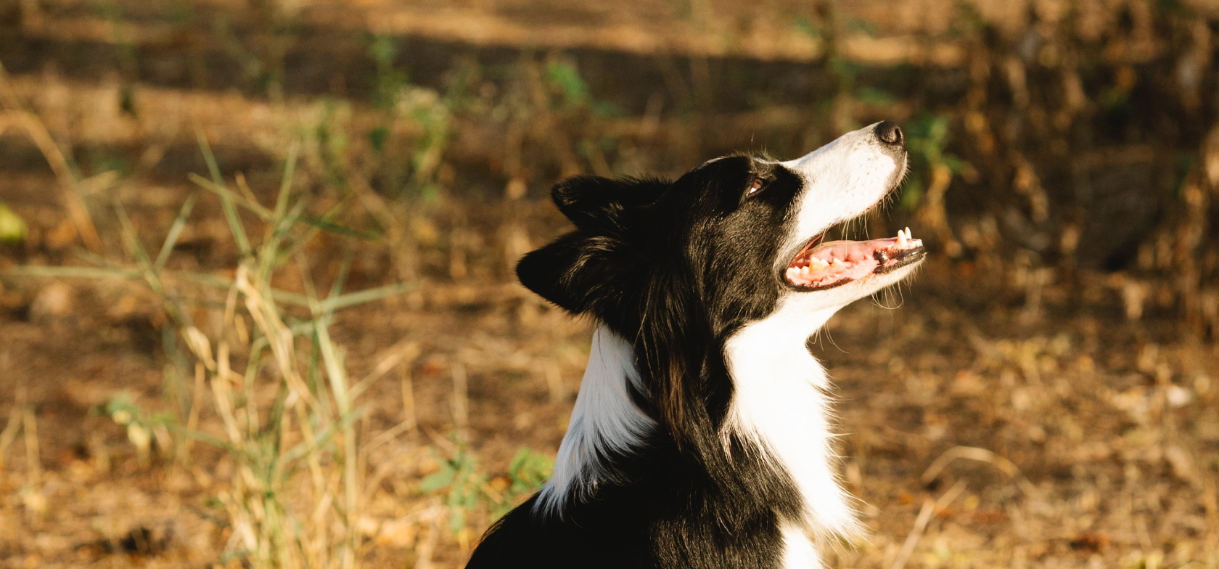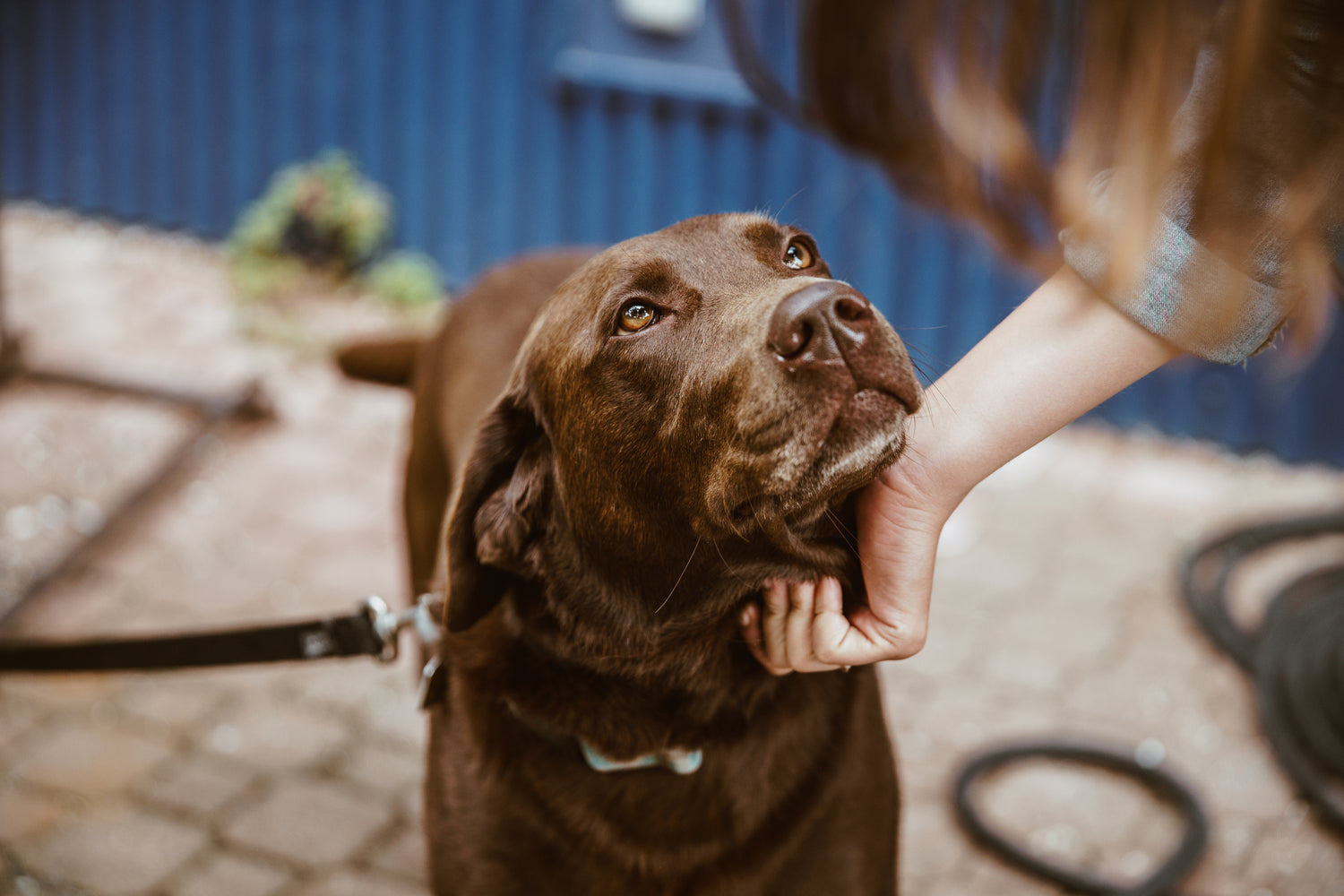Does My Dog Have Hip Dysplasia?
What Should I Do?

As a dog ages, they can start experiencing multiple conditions that impact their mobility. Having regular check ups at the vet is a good idea because it ensures that any problems can be caught early, and managed accordingly. Alternatively, if you observe any signs of hip dysplasia or arthritis in your dog, it's time to book an appointment with the vet to confirm a diagnosis.
It sounds like your Border Collie could do with a little more support. We recommend looking at the following:
Giving your dog a joint supplement will help slow the progression of arthritis and reduce joint pain. Supplements which include glucosamine and chondroitin support joint health and reduce arthritic symptoms. In addition, research has shown that foods which provide high levels of omega-3 fatty acids, can also help decrease inflammation.
Weight control is important too. A healthy body weight is crucial to reduce stress on arthritic joints and minimise inflammation and damage. It is worth also speaking to your vet for some professional advice on whether it might be appropriate to prescribe anti-inflammatories and/or painkillers to help reduce symptoms.
A specialised hip brace can be a really helpful way to support your dog when they have a hip condition, whether hip dysplasia or arthritis in the hip joints. It's important to remember that a brace will not cure your dog’s hip dysplasia however but by supporting the joint it can help stabilise the hip joint and help alleviate any joint pain.
Signs of hip dysplasia in dogs you might notice can include stiffness, exercise intolerance, difficulty rising, sitting or lying, difficulty climbing up and down stairs or getting in and out of the car, limping or lameness on one or both back legs, and an abnormal gait (it can look like your dog's back end is 'swaying' from side to side). Sometimes a dog with hip dysplasia can also have a specific 'dog hip dysplasia stance' which involves your dog standing with a narrow stance in their hind legs. You might see your dog standing with their hind legs positioned closer together than usual.
This stance may be a compensatory mechanism to reduce pressure and discomfort on the hip joints. However, it's important to note that the specific stance may vary depending on the severity of the condition and the individual dog's pain tolerance. Not seeing the dog hip dysplasia stance doesn't rule out that your dog might be suffering from dog hip dysplasia.
Here at Zoomadog we have different hip braces appropriate for dogs with hip dysplasia. These braces are designed to stabilise your dog’s hips and lower back area, reducing pain caused along the back and hips, and allowing your dog to walk more comfortably for longer. Suitable for whatever your dog normally likes to do, including swimming.
Hip braces can potentially improve your dog's quality of life, particularly border collies. Border collie hip dysplasia can affect your dog negatively, as border collies are normally a highly active breed.
A hip brace stabilises and warms the hip articulation, reduces pain, and boosts the muscles' activity avoiding atrophy, as well as increasing the connection between the femur head and the acetabulum. Hip braces are primarily designed for mild to moderate hip dysplasia but in certain circumstances can be appropriate for active dogs of all ages who suffer from arthritis, decreased endurance during activity, hip pain, lower back pain or weakness, and back leg limping.
See hip braces here https://zoomadog.co.uk/collections/dog-hip-braces
In addition, we strongly suggest you get rubber, anti-slip socks or boots for your dog,. They work to give your dog improved traction, especially on wooden or slippery floors and helps prevent your dog's legs from splaying out, which can be extremely painful if your dog suffers from arthritis in the hips, or hip dysplasia. They can be found here https://zoomadog.co.uk/collections/socks
Keeping your dog’s environment warm is important for alleviating joint pain from osteoarthritis in hip dysplasia. It is also important that your dog has a comfortable bed, which will support their joints, see our orthopaedic dog bed here. Providing a well-padded and warm bed will help alleviate some of the pain associated with osteoarthritis.
Read more about Dog Hip Dysplasia Causes, Prevention and How to Help at home https://zoomadog.co.uk/collections/dog-hip-dysplasia-braces-signs-and-treatment

What Should I Do?
What Are The First Signs of Hip Dysplasia In Dogs?
What Are The Different Levels of Hip Dysplasia in My Dog?
What Should I Do?
What Should I Do?
For Hip Dysplasia For A Dog?
What Should I Do?
My Dog Has Very Bad Arthritis In His Hips. What Should I Do?
What Happens, Is It Successful, What I Should Know?
My Dog Is Too Old / Too Risky For Hip Dysplasia Surgery. What Are The Non-Surgical Options?
Can Physiotherapy and Hydrotherapy Help my Dog with Hip Dysplasia?
My Elderly Labrador has Hind Leg Hip Weakness. Does He Have Hip Dysplasia?
I Have a 13-year-old Border Collie with Hip Dysplasia in his Rear Right Hip. What Should I Do?
with Hip Dysplasia

We can help find the right solution for your dog
Feel free to give us a call on 01730 622544
or email us at woof@zoomadog.co.uk
Leave a comment